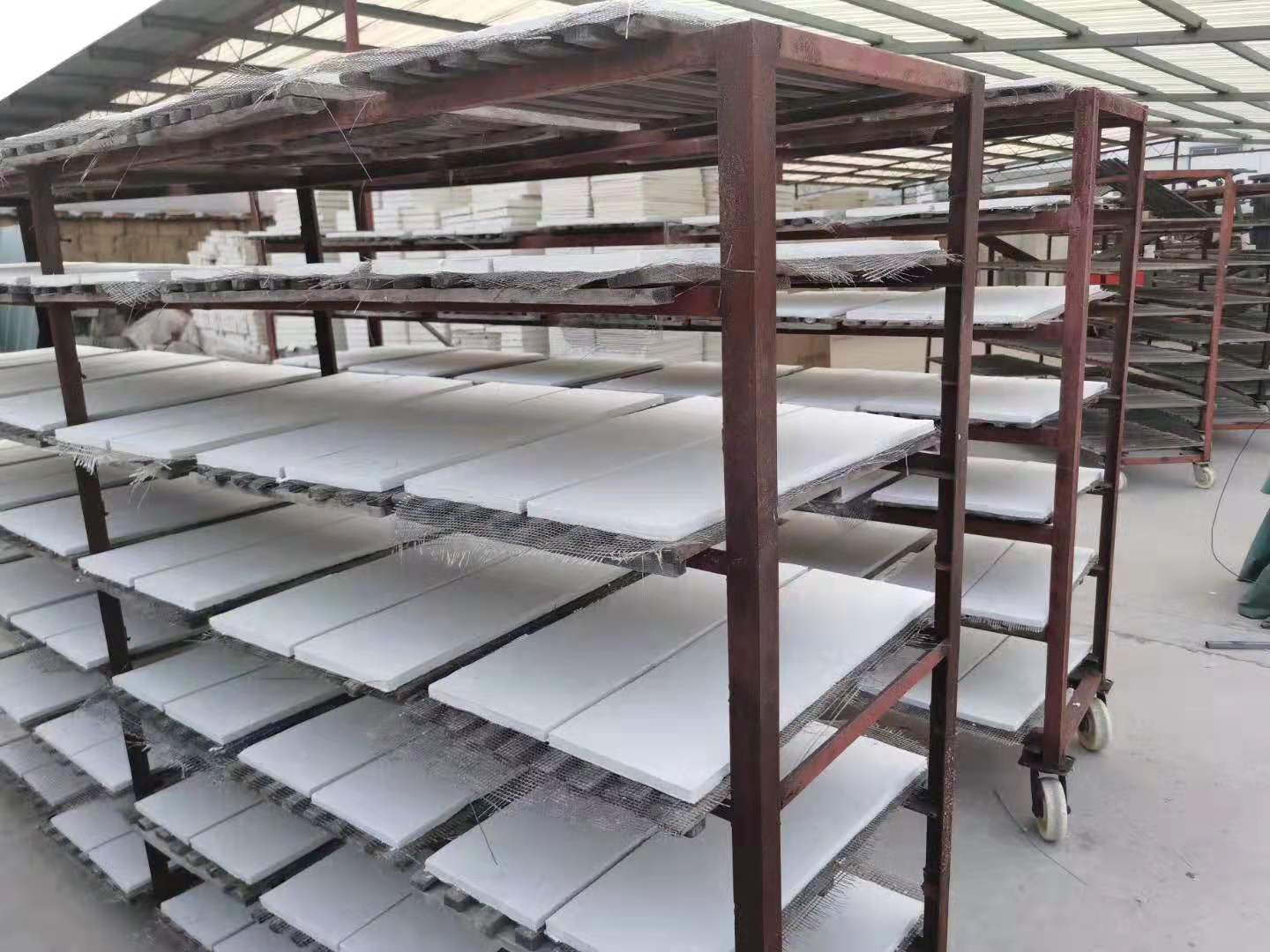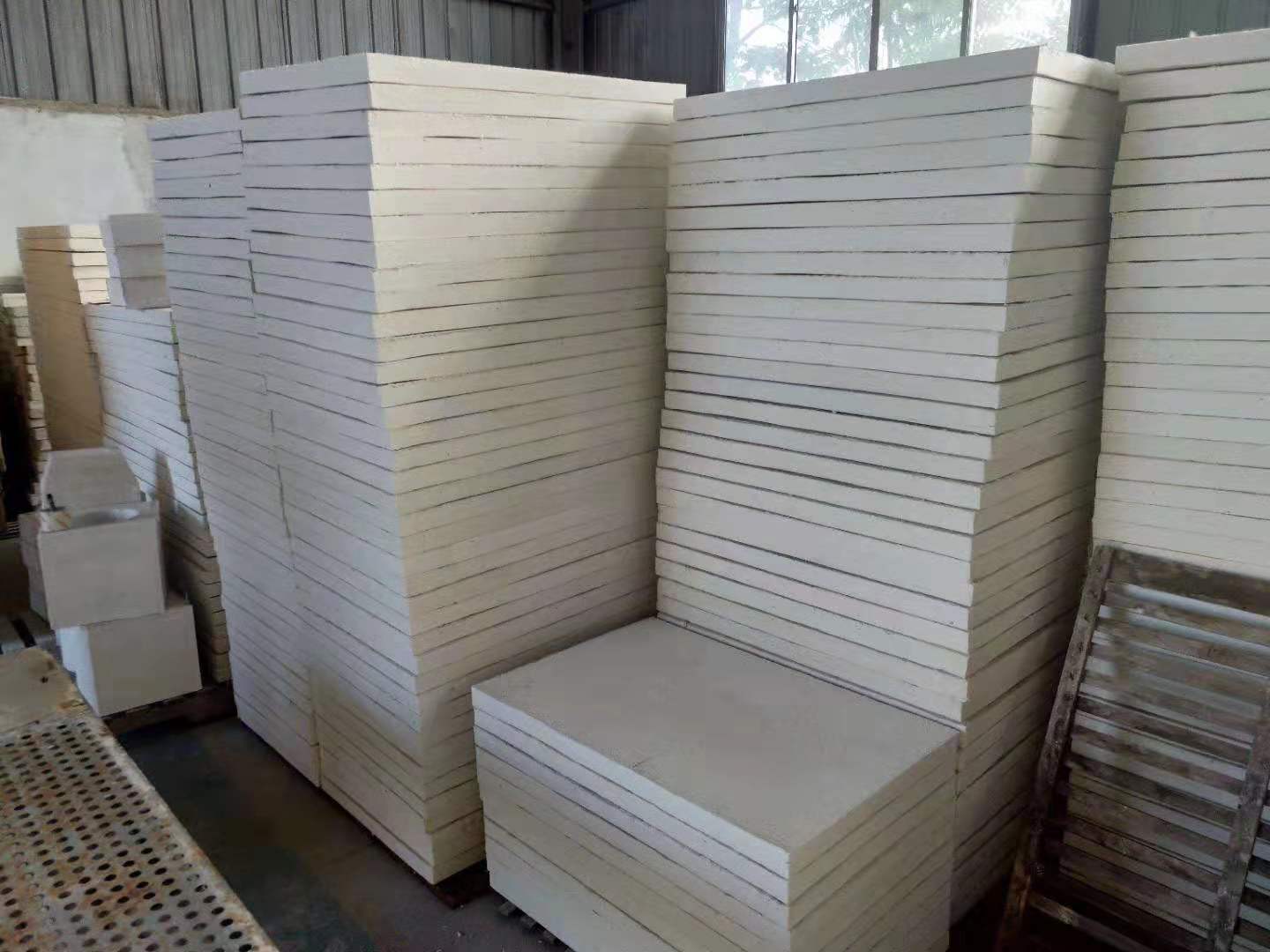
In industries where extreme temperatures are a daily challenge, finding reliable insulation materials is crucial. Ceramic fiber boards have emerged as a game-changer, offering exceptional thermal resistance, durability, and versatility. Whether you're in the metal processing, petrochemical, or power generation sector, these advanced insulation boards can revolutionize your operations.
What Are Ceramic Fiber Boards?
Ceramic fiber boards are high-performance insulation products made from alumina-silica ceramic fibers. Through a specialized manufacturing process, these fibers are compressed and formed into rigid boards, resulting in a material that can withstand temperatures ranging from 1000°C to 1600°C (1832°F to 2912°F). This remarkable heat resistance makes them ideal for applications in environments where traditional insulation materials would fail.
Key Properties and Advantages
Exceptional Thermal Insulation: Ceramic fiber boards have low thermal conductivity, which means they effectively reduce heat transfer. This property helps maintain stable temperatures in industrial equipment, improving energy efficiency and reducing operational costs.
Lightweight and Easy to Handle: Compared to other high-temperature insulation materials like refractory bricks, ceramic fiber boards are much lighter. This makes them easier to transport, install, and cut to specific sizes, saving time and labor during construction or maintenance.
Good Chemical Resistance: They are resistant to many chemicals, acids, and alkalis, making them suitable for use in harsh chemical environments. This resistance ensures that the boards maintain their integrity and performance over time, even when exposed to corrosive substances.
Thermal Shock Resistance: The boards can withstand sudden changes in temperature without cracking or breaking. This is especially important in applications where equipment is heated and cooled rapidly, such as in furnaces and kilns.
Applications of Ceramic Fiber Boards
Industrial Furnaces and Kilns: These boards are widely used in the lining of industrial furnaces and kilns, including those used in metal smelting, glass manufacturing, and ceramic production. They help retain heat inside the furnace, improving heating efficiency and reducing heat loss to the surrounding environment.
Petrochemical Industry: In refineries and petrochemical plants, ceramic fiber boards are used for insulation in pipelines, reactors, and other equipment that operates at high temperatures. They protect workers and equipment from excessive heat and help maintain the stability of chemical processes.
Power Generation: In power plants, they are used in boilers, turbines, and other high-temperature components to insulate and improve energy efficiency. This helps reduce fuel consumption and lower emissions.
Aerospace and Automotive: The aerospace and automotive industries use ceramic fiber boards for insulation in engines, exhaust systems, and other high-temperature parts. Their lightweight and high-temperature resistance make them ideal for these applications, where weight and performance are critical factors.
How to Choose the Right Ceramic Fiber Board
When selecting ceramic fiber boards, several factors need to be considered:
Temperature Rating: Determine the maximum temperature that the board will be exposed to in your application. Choose a board with a temperature rating that exceeds this maximum to ensure reliable performance.
Density: The density of the board affects its thermal insulation properties and strength. Higher density boards offer better insulation but are heavier. Select a density that balances insulation performance and handling requirements.
Thickness: The thickness of the board depends on the level of insulation needed. Thicker boards provide better insulation but take up more space. Calculate the required thickness based on the heat transfer requirements of your equipment.
Certifications and Standards: Ensure that the ceramic fiber boards meet relevant industry certifications and standards, such as those for fire resistance and environmental safety. This ensures that the product is safe and reliable for use in your application.
Installation and Maintenance Tips
Proper Cutting and Fitting: Use appropriate tools to cut the boards to the required size and shape. Ensure a tight fit to minimize heat loss. Wear protective gear, such as gloves and a dust mask, when cutting to avoid inhaling ceramic fiber dust.
Secure Fixing: Use high-temperature resistant adhesives or fasteners to secure the boards in place. Follow the manufacturer's instructions for proper installation to ensure a secure and long-lasting bond.
Regular Inspection: Inspect the boards regularly for signs of damage, such as cracks, erosion, or loose fittings. Replace damaged boards promptly to maintain insulation performance and prevent heat loss.
Cleaning: Keep the boards clean from dirt, debris, and other contaminants. Use a soft brush or vacuum to remove surface dust. Avoid using water or harsh chemicals, as they can damage the boards.
Ceramic fiber boards have proven to be an indispensable insulation solution in a wide range of high-temperature industries. Their exceptional properties, versatility, and ease of use make them a top choice for engineers, contractors, and plant managers looking to improve energy efficiency, reduce costs, and ensure the safety and reliability of their equipment. By choosing the right ceramic fiber board and following proper installation and maintenance procedures, you can enjoy long-lasting, high-performance insulation for your industrial applications.
If you're looking for high-quality ceramic fiber boards, contact us today. Our team of experts can help you select the right product for your specific needs and provide you with competitive pricing and reliable delivery.

Post time: Jul-30-2025












